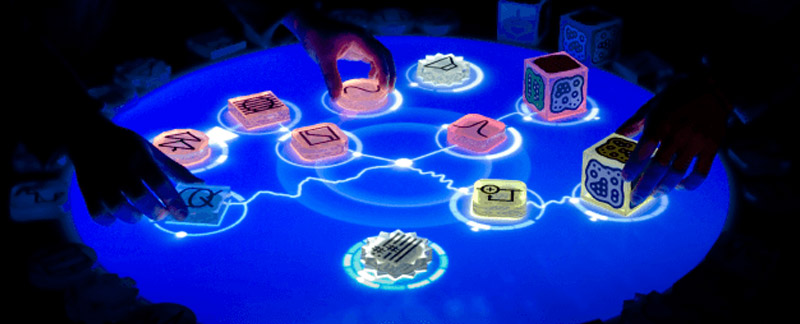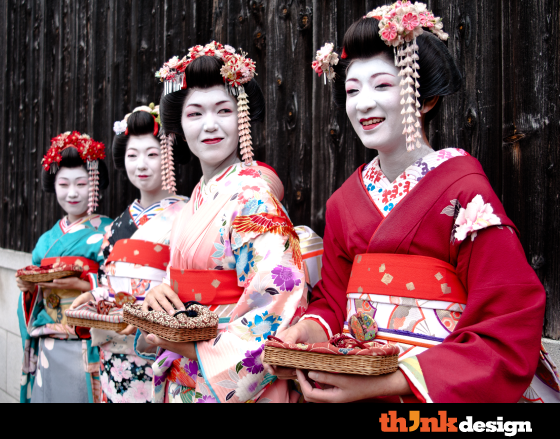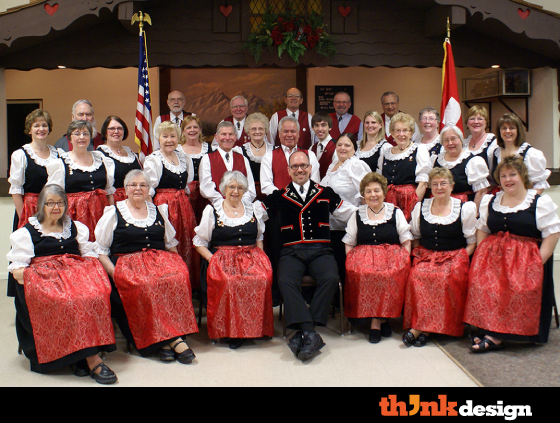10 Truths about Emotionally Connected Websites: Japanese vs. Swiss Psychology of Interaction Design

The philosophy behind interactive design trend is, to understand the technology as part of a larger scope of human activities. Now the technologists, web experts and designers are more interested in evaluating the systems for unimaginable human interaction. As Evan Smith, CEO of Texas Tribune, said that the future is now because human interactions are becoming more intelligent. Therefore, companies need to prepare and change with the demands of the time.

Interaction design in user interface refers to optimizing and updating the website for maximum user engagement. However, the psychology in interaction design is more focused on making the website humanistic and emotionally connected. The more your users feel connected to your site, the more visits and on site actions you can expect. Optimizing your website according to the needs and understanding of users makes it more interactive and user-friendly. Thus, learn to make a responsive web design.
Most of the websites today are engaging but there is a missing connection to target audience. People interact with your website when they feel they are valued and respected. However, I see web developers concentrating their energies solely on engaging visitors technically, rather than psychologically. Such developers know that people seldom read a well-written product page on the internet; yet, they would gladly spend time on social fora. In short, engaging the target audience remains a rarity for many developers.
Your business needs a web developer who knows the ways to engage visitors and make them revisit the website. For achieving this goal, your website must draw a personal connection for the visitors. The question is how to emotionally connect with visitors? You need to first evaluate the demographics of your target audience. Remember that your users are all humans and they have basic emotions as yours. Therefore, you can understand them better by developing insights in their way of life.
Also Explore: Psychographics in Contemporary SMB Marketing
Once you get an idea about your visitors’ psychology, the very next step is to optimize your website according to their needs, values and cultural affiliations. This includes, applying relevant colors, shapes, lines, call-to-action placements, content and navigation in your website.
Japanese have a rich culture and they are known for valuing humanism in the technological world. You will see that everything from businesses to products are culturally connected in Japan. Their cultural elements and symbols are smartly incorporated in their promotional materials. You will also see a touch of Geisha, Samurai, Japanese tea ceremony, Japanese gardens, kimonos and Japanese Language in their websites.

Whereas, Switzerland is a land of shared cultures and values. Therefore, they are rich in terms of artistic talents. Swiss keep their inter-cultural values alive by portraying history in the form of arts. You will see the historical influence in the website elements as well.

Let’s examine their website features and see how they have optimized their interface design for humanistic interaction:
1. Webpage Navigation
Japanese style: upon visiting the website, Japanese users prefer traditional menus such as those featuring manga characters, with easy-to-scroll navigation.
Swiss style: users prefer sophisticated menus but with easy-to-use navigation.
2. Content
Japanese Style: the content should be relevant, easy to read; and content related to anime, martial arts and comics is preferred.
Swiss Style: should be related to innovative designs and technology
3. Color Combination:
Japanese Style: Japanese are attracted to vivid colors and like their websites to feature the same
Swiss Style: they don’t prefer bright colors but like to have a lot them on their websites
4. Culture
Japanese Style: in the post-World War 2 era, Japanese society has turned into a hybrid one. Most Japanese websites feature vintage Jomon era designs mixed with modern architecture.
Swiss Style: as a society having a mixed history, Swiss websites feature innovative designs, unorthodox photography, and modern trends in technology and fashion.
5. Animation
Japanese Style: most Japanese websites use interactive Flash based content such as videos, games, and images.
Swiss Style: often, they like to read about modern trends in fashion, technology. Arts and medieval culture are also depicted.
6. Emotions
Japanese Style: Japanese websites use innovative figures to depict emotions such as animated smileys.
Swiss Style: they don’t use traditional images, rather, prefer to use plain but animated icons
7. Nature
Japanese Style: they prefer visiting websites that feature nature such as scenery and landmarks
Swiss Style: as Scandinavians, Swiss web surfers love to scroll through webpages with natural scenes of Alps, Trummelbach Fall, and Moiry Icefall.
8. Social Media
Japanese Style: Japanese love to use Twitter but are not much into Facebook and other social media websites. Still, most famous Japanese websites have social media tags on the main page.
Swiss Style: Facebook is the media of choice among Swiss. However, they also have a sizeable presence on other communities such as LinkedIn, Twitter, MySpace, and others.
9. Advertisement
Japanese Style: you will find plenty of advertisements among Japanese websites and communities. Common advertisements include manga series, dramas and technology related shows.
Swiss Style: though they are not much into dramas, Swiss surfers prefer advertisements related to watches, aviation technology and fashion trends.
10. Graphics User Interface
Japanese Style: most Japanese websites feature neon lights as Japanese internet surfers simply love them. Similar lights can be seen at night in downtown Tokyo.
Swiss Style: Swiss websites emphasize more on their graphics user interface to a great deal. Often, they have embedded high-resolution images.
Thus, in order to attract traffic to websites, it’s important to engage users emotionally. For instance, the best ranking Japanese website may not attract Swiss viewers, while the top rated Swiss website might share the same fate. As long as the website has what the audience needs, it will maintain popularity.
A number of web designers are available to turn your rarely visited website into a crowded one.


